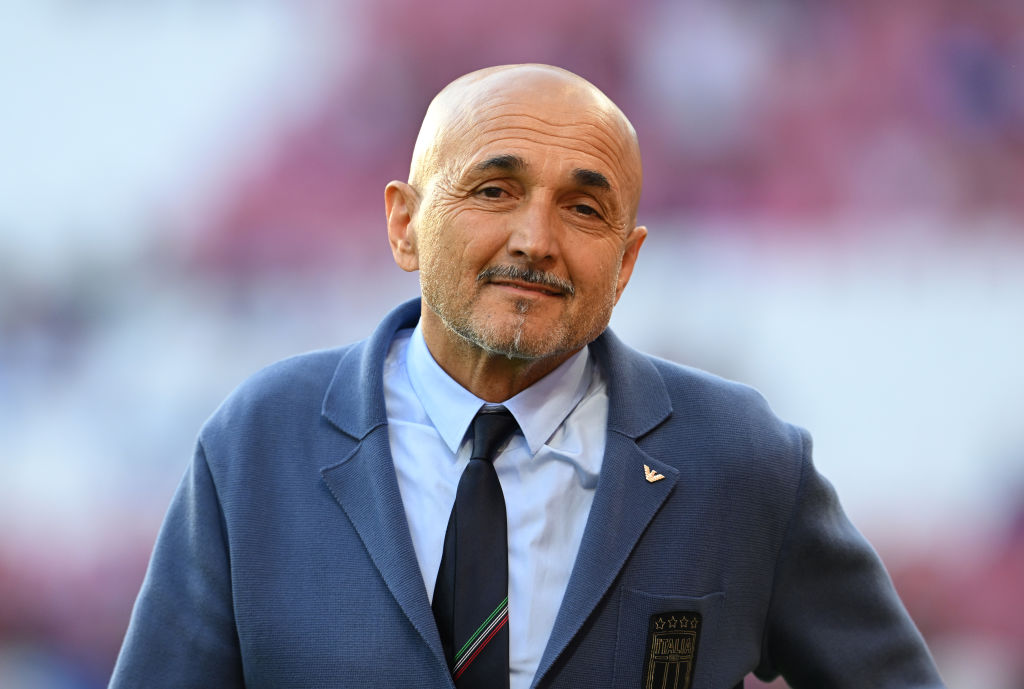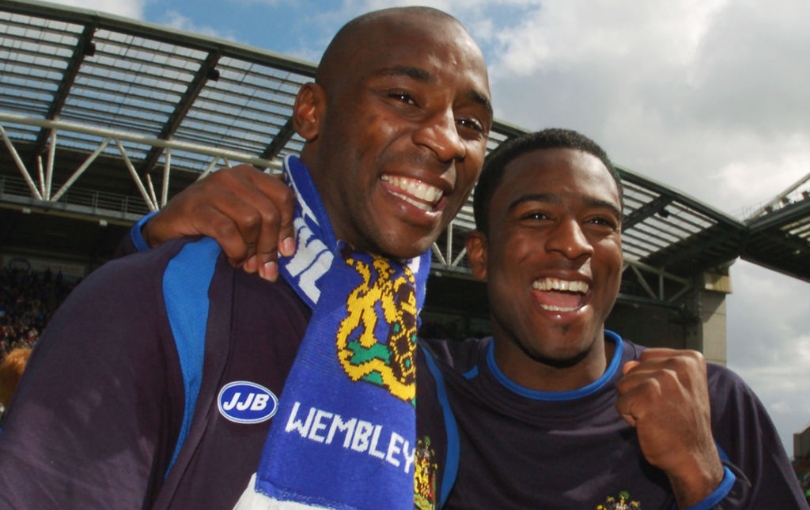The high press: football tactics explained
What exactly is the high press? Here's our tactical explainer
When Barcelona's high press convincingly beat Manchester United 2-0 in the 2009 Champions League final, the majority of English football fans and the media were stunned.
This was a world-class team, at the very least the final was expected to be close. Then Pep Guardiola offered a post-match assessment that gave some insight into why United had looked so rushed every time they had got on the ball beyond the first 15 minutes. “Without the ball," Guardiola said, “we are a disastrous team, a horrible team, so we need the ball.”
He understood the fundamentals; the quickest way to get the ball – the world of the high press. Let’s take a look at this football term in another FourFourTwo tactical explainer and why it works.

I'm Jack, I've watched football through a tactical lens for over a decade, analysing trends not only at the top of the game, but also how strategies and approaches can be used at amateur level.
I’m also an FA-level 2 qualified coach and have written extensively on tactical analysis for various publications. A lot of my spare time is spent training, playing the game, or settling down to perfect a tactical approach on Football Manager.
What is the high press?
Put simply, pressing is when the team without the ball is being aggressive in their approach to retrieve the ball from the opposition.
In turn, to execute a high press – or high block – the team structure will be to push up the pitch and get in the opposition half to counter-press win the ball back. Normally a team playing a high press will have their backline on the halfway line or even just inside their opponents half.
In the clip above, the light-blue team play short from a goal kick, only for the claret team's left-winger to cut out a pass and create a chance, which is scored.
An effective high press will leave the opposition struggling to build-up in possession, with errors easily forced: but the high press isn’t as simple as the nearest player from the defensive team charging at the ball. This tactic is defined by a collective and organised attempt to win the ball as high as possible. This means cutting passing lanes and expanding a lot of physical effort.
Get FourFourTwo Newsletter
The best features, fun and footballing quizzes, straight to your inbox every week.
Doing this in a compact and organised manner is extremely difficult. It is not as simple as telling your team five minutes before they go out, to ‘cover every blade of grass.’ Teams with a high press will also usually set traps to encourage the opposition to play the ball in a specific way, before the team without the ball aggressively close down the space to win the ball back.
It is tricky to organise, yet effective when pulled off. Hence why the majority of the best teams in the world are now employing it.
Who uses the high press?

Ever since that first, treble-winning, season at Barcelona, Guardiola has maintained his status as the most prominent high-pressing coach in the game.
But the vast majority of coaches at the top level are now looking to employ a philosophy built around high pressing, rather than retreating in transition, certainly in matches where they are the favourites – from Simone Inzaghi to Unai Emery, from Eddie Howe to Luciano Spalletti.
While pressing man-to-man and using cover shadows is becoming increasingly popular, most teams press in simple a 4-4-2 shape – an easy shape to organise, as we explain in more depth here. Just as in a low block, this is seen as a tight, compact shape with the common 4-2-3-1 formation lending itself nicely to having a no.10 and no.9 leading the high press. Some managers have used alternatives, though: Jurgen Klopp's 4-3-3 would sometimes see Mohamed Salah or Sadio Mane join Roberto Firmino pressing centre-backs, with the other winger dropping into a midfield alongside the no.8s, while Thomas Tuchel's Chelsea would press with three forwards.
Jurgen Klopp’s Liverpool also consistently employ a high press, as part of their wider philosophy around counter-pressing. Many of the great teams in history have utilised a high press tactic, from Arrigo Sacchi’s all-conquering Milan side of the late 1980s to the Ajax team that won a treble of European Cups in the early-70s.
This shows the high press is by no means an innovative modern creation: it actually offers something of a short history of European football tactics. Rinus Michels – ranked at no.2 in FourFourTwo's list of the greatest managers ever – led Ajax to the first of those European Cups, and heavily influenced the great Johan Cruyff who then coached Guardiola at Barcelona.
Michels’ heavy pressing and remarkably efficient offside trap ensured Ajax were always capable of winning the ball back extremely quickly, playing football that often seemed lightyears ahead of their opponents.
Equally, the high press has evolved and progressed down the decades, and there is not a one-size-fits-all approach. But the fact that the tactic continues to permeate the modern game, speaks volumes about how effective it is.
What are the pros and cons of a high press?

At its best a well-executed high press can suffocate opponents with the ball. But it does require players to have a high level of tactical understanding and discipline.
Inevitably a high press will leave space in behind the defence and shrewd opposition will look to exploit this with long passes. This is why having a high-quality rest defence can make such a difference for teams employing a high press – and Guardiola’s Manchester City have looked, at times, shambolic without key players.
Without a world-class sweeper keeper in Ederson, City struggled in Guardiola's first season, while following the ACL injury that Rodri picked up in 2024, City lacked the same ferocity out of possession, knowing that the 2024 Ballon d'Or winner wasn't there to clean up second balls, commit tactical fouls and organise from the no.6 position.
Organisation is key, too. It only takes one player missing their cue for the whole high press to be easily by-passed – and top technical defenders have no problem playing around a high-pressing team, even at the highest level.

Jack has worked as a sports reporter full-time since 2021. He previously worked as the Chief Women’s Football Writer at the Mirror, covering the England Women’s national team and the Women’s Super League. Jack has reported on a number of major sporting events in recent years including the 2023 FIFA Women’s World Cup on the ground in Australia. When not writing on football, he can often be spotted playing the game somewhere in west London.
- Mark WhiteContent Editor
